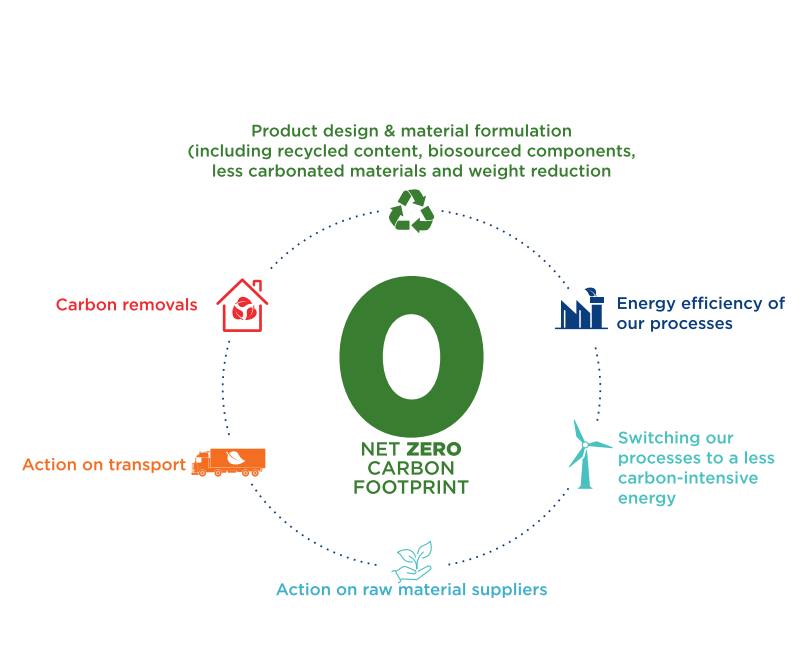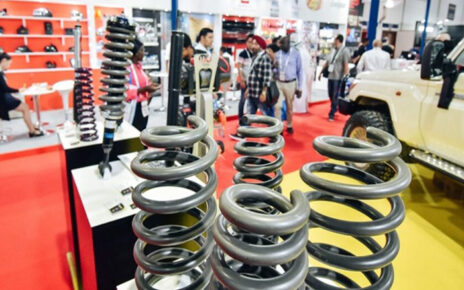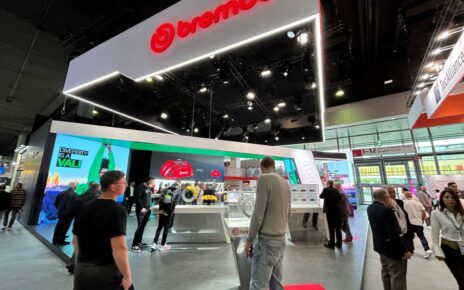Saint-Gobain Sekurit has embarked on an ambitious 2030 roadmap to combat climate change, aiming for significant reductions in CO₂ emissions. The company targets a remarkable -100% reduction in scope 1+2 emissions and a -30% reduction in scope 3 emissions compared to previous trends. Additionally, Saint-Gobain Sekurit is committed to reducing water withdrawal by -50% relative to 2019 levels and eliminating all non-recovered waste compared to 2019 levels.

Globally, Saint-Gobain Sekurit is implementing processes to improve energy efficiency at key plants. Practices include diffusion and the use of CO₂/energy-saving, along with heat recovery practices that “reduce, reuse, and recycle” energy.
Worldwide, the company is accelerating the transition to green energy resources by adopting low-carbon or green energy. Processes make use of co-generation towers, windmills, solar panels, among others. Saint-Gobain Sekurit is also expediting the purchase of renewable electricity with relevant Power Purchase Agreements (PPA), recycled material purchases, and reducing non-valorized waste. The company actively engages in circular economy collaboration with main suppliers, not only lowering its CO₂ footprint but positively impacting automotive production.
“At Saint-Gobain Sekurit, we are at -99% of Scope 1+2 and -85% on non-recovered waste v/s 2019. On water conservation, we have achieved SERO discharge and are trying to adapt and improve our processes with newer technologies and solutions. Water is being recycled and we have initiated the usage of TTRO water in our processes”, says Ravi Shankar, Operations Head at Sekurit India.

Key initiatives :
Product Design & Material Formulation: Rethinking the design of products and systems, favoring light solutions, and acting on formulations (substituting carbonated materials, favoring recycled and bio-based materials).
Energy Efficiency of Processes: Conducting systematic audits and benchmarks to identify losses, areas of improvement, and defining actions & investment plans, prioritizing industrial sites with significant emissions.
Switching to Less Carbon-Intensive Energy: Focusing on green electricity via power purchase agreements and accelerating R&D projects to replace fossil fuels (towards low carbon energy).
Action on Raw Material Suppliers: Selecting suppliers offering materials with a reduced carbon footprint and partnering with them to improve current materials.
Action on Transport: Improving logistics, choosing low-emitting fleets or transport modes, and optimizing truck loads.
Carbon Removals: Removing CO₂ from direct emissions through Carbon Capture and Usage or Storage (agri-business, mineralization, biofuel production, geological storage).
The focus at Saint-Gobain India is to take necessary actions to meet the Set Global target by 2030. Large-scale initiatives include:
Urban Forest: Six acres of urban forest across 11 areas with over 1,50,000 trees benefit the community and the environment, improving air quality, temperature regulation, biodiversity habitat, stormwater management, and noise reduction.
Rainwater Harvest Pond: Two rainwater harvesting ponds with a total capacity of 1,52,000 KL ensure proper maintenance, including periodic sediment removal, sustaining the effectiveness of the pond over time.
At Saint-Gobain Sekurit, the commitment to sustainable practices remains steadfast, with ongoing efforts to achieve sustainability targets and contribute to making the world a better home.




